Search Images
Browse Content (p. 1660)
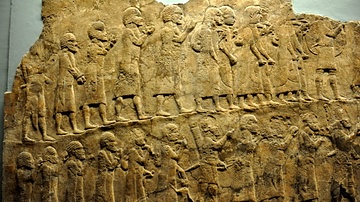
Image
People of Lachish Deported and Relocated
After the capture of the city of Lachish, the victorious Assyrian army deported its people into exile and new settlements within the Assyrian empire. This wall relief depicts the deportation of barefeet men (who appear handcuffed) and women...
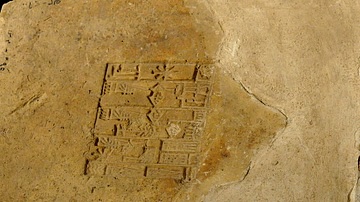
Image
Stamped Brick with the Name of Ur-Nammu
A brick stamped with the name of Ur-Nammu, king of Ur. Neo-Sumerian era, Ur III dynasty, 2111-2003 BCE. From Ur, southern Mesopotamia, Iraq. (The Sulaimaniya Museum, Iraq).
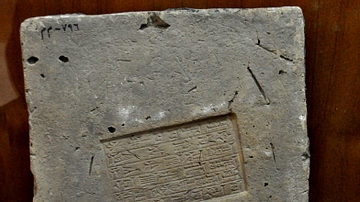
Image
Stamped Brick with the Name of Agum-Mahru
A brick stamped with the name of the Kassite king Agum-Mahru (Agum I). Its provenance was not mentioned in the Museum's description. Kassite period, 16th century BCE. (The Sulaimaniya Museum, Iraq).
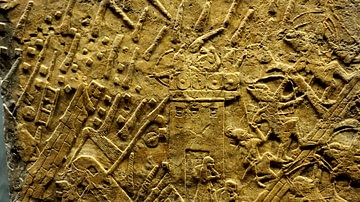
Image
Assyrian Army Assault on Lachish
Assyrian relief, from the South-West palace at Nineveh (modern Kuyunjik, Mousil city, Iraq), room XXXVI, panel 7, Neo-Assyrian Empire, 700-692 BCE. This wall relief delivers a very vivid description of the battlefield. The Assyrian army...

Image
Aramaic Incantation Bowl
A magical bowl with an incantation written in ink to ward off malevolent spirits. Clay, inscribed in Aramaic language, 3rd to 7th century CE. From Babylon, Iraq. (The Sulaimaniya Museum, Iraq).
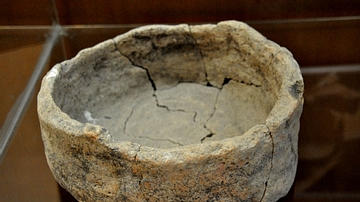
Image
A Dish from the Jarmo Culture
This rounded coarse-ware dish was found in Tell Tapa Raza, Sharazor Plain, Modern Sulaimaniya Governorate, Iraq. It dates back to the Jarmo period, 7000 BCE. (The Sulaimaniya Museum, Iraq).
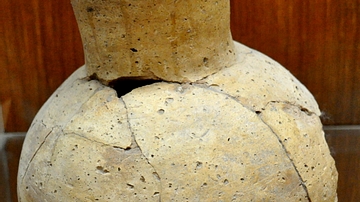
Image
A Jar from Hassuna Culture
This ball-body jar was found in the Faida district of the modern city of Musil, Ninawa Governorate, Iraq. It dates back to the Hassuna period, 6th millennium BCE. (The Sulaimaniya Museum, Iraq).
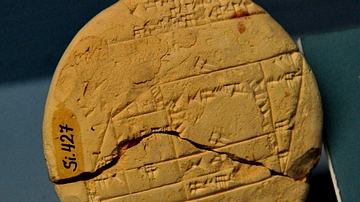
Image
A Cadastral Text from Sippar
Inscribed on this rounded terracotta tablet is a cadastral text which registers real estate at Sippar. It was written in Akkadian language. Old Babylonian era, 18th century BCE. From Sippar (modern Tell Abu Habbah, Babil Governorate, Iraq...

Image
Law Code of King Ur-Nammu
This law code is considered the oldest known law code surviving today. Many terracotta tablets of this law code have been excavated at several archaeological sites in Mesopotamia. This tablet was found at Nippur (modern Nuffar, Al-Qadisiyah...
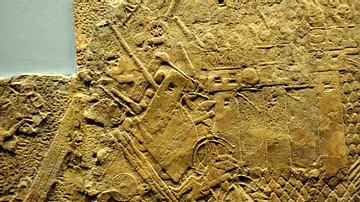
Image
Assyrian Army Attack the City Wall of Lachish
In this wall relief, the Assyrian archers begin the assault on Lachish's city towers. In front of archers, a siege engine is being pushed up slowly on an artificial ramp, which was built by the Assyrians. The siege engine has a long battering...